mobile mesh network
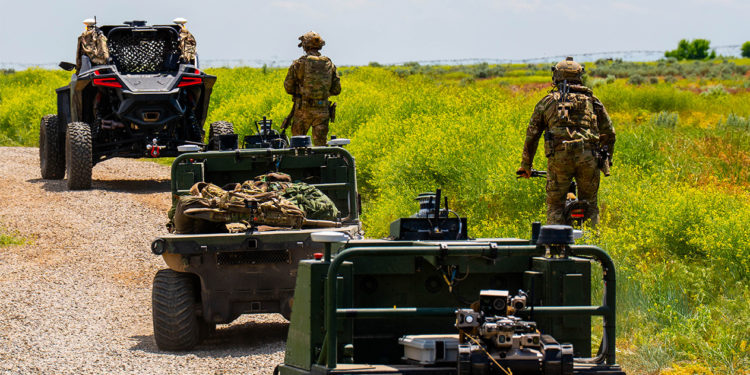
Forterra acquires goTenna, uniting the leader in autonomous mission systems with the pioneer of mesh networking solutions
Over the last several years, autonomous systems have played an increasingly pivotal role in warfighting missions. Autonomous ground vehicles, both manned and unmanned, have traditionally been leveraged in last mile tactical logistics, resupply, casualty evacuation (CASEVAC), and intelligence, surveillance, and reconnaissance (ISR) operations in battle spaces around the world. Through advancements
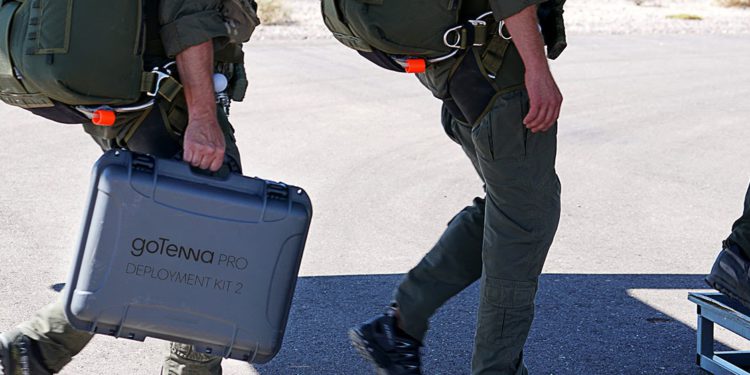
Tracking specialized freefall units: goTenna and ATAK connect military freefall operators during infiltration
With hundreds of pounds strapped to their backs, one hundred mile winds tossing them around mid-air, and the thick blanket of night impeding their view, military freefall operators have less than a minute to act. In those few seconds, any decision they make could result in the success or failure
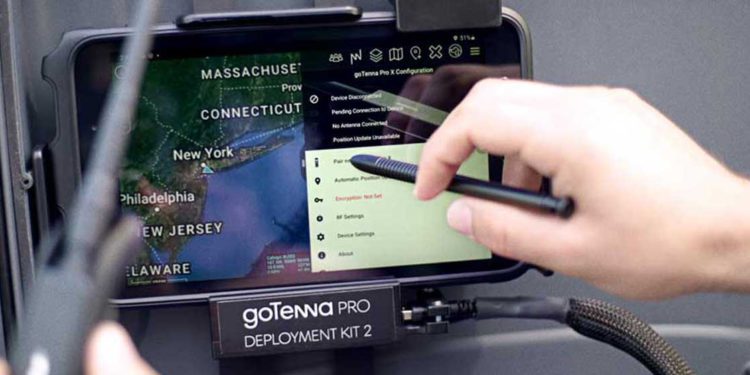
Video | goTenna Pro Deployment Kit 2 Tutorial
Now including a removable and ruggedized Samsung tablet, the goTenna Pro Deployment Kit 2 (goKit 2) can be used as an off-grid mobile command center to provide unprecedented situational awareness at the tactical edge. For more details or to request a virtual or in-person demo, visit: https://go.gotennapro.com/gokit2video.
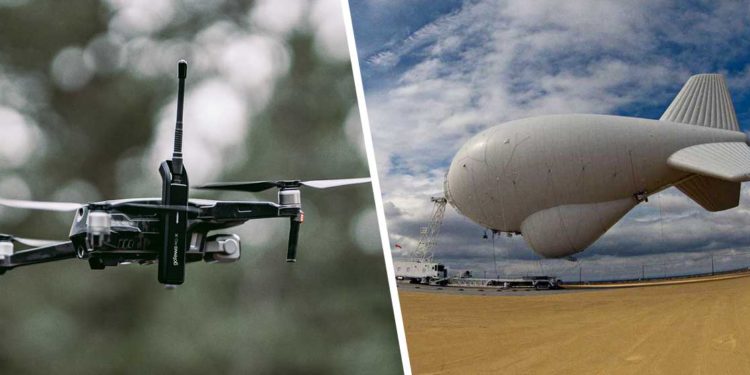
Hot Take: Drones vs. aerostats for extending a mesh network
As part of the Hot Takes series, we’ll be taking a highly debated topic and exploring the pros and cons of both sides. During each debate, you’ll hear from goTenna experts who offer hands-on experience from working with customers and deploying goTenna Pro X devices in the field. Leave a
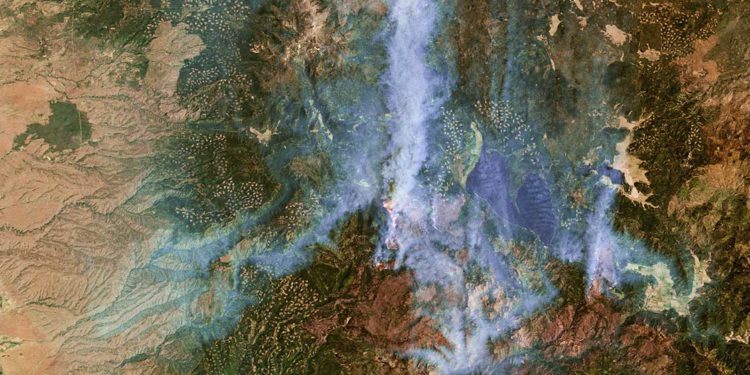
How federal legislation and new technologies will benefit wildland fire response
In July 2021, California experienced its second-largest wildfire in history – the Dixie fire. It ignited in the dense forest of Plumas County, and in the weeks and months that followed, it burned through more than 963,000 acres across five counties, destroying 1,300 structures and leveling the town of Greenville.
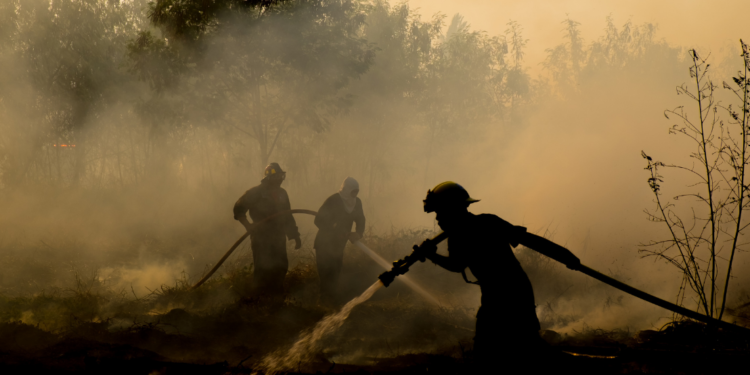
When Disaster Strikes Pt. II – How mobile mesh and ATAK serve as force multipliers for first responders
In our last article on The Last Mile, we sat down with Greg Albrecht – medic and goTenna Public Safety Technical Consultant – to discuss the conditions and impacts lack of communications and connectivity have on first responders in natural disaster environments. This week, Greg returns to discuss the critical
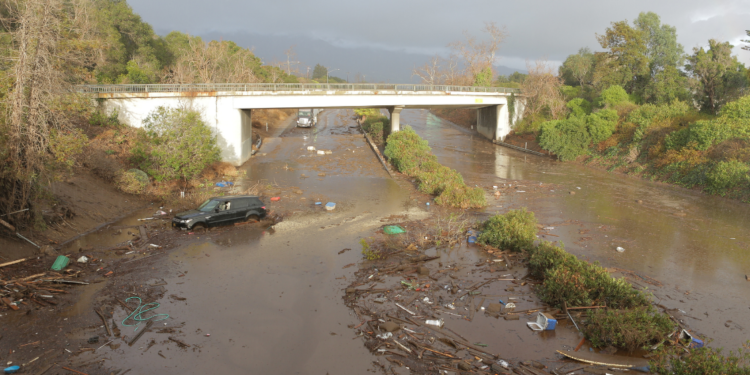
When Disaster Strikes Pt. I – The impact of lost comms during emergency response operations
In natural disasters and other emergency response situations where the existing communications infrastructure may be compromised, degraded, or destroyed, it is critical that first responders dispatched to the scene have a means of communicating and sharing locations with one another. If not, the success of the mission and the lives
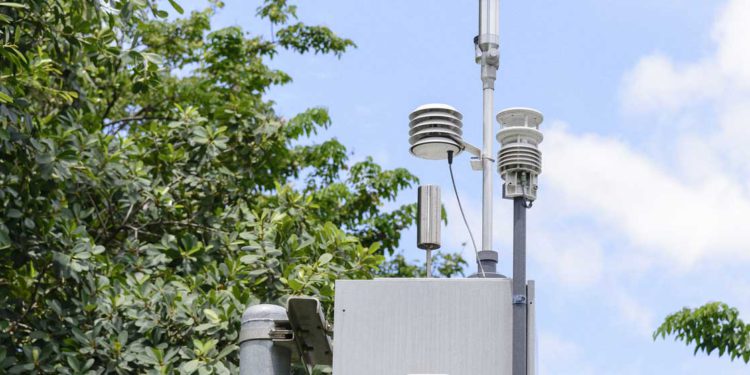
Five ways mobile mesh and IoT sensors can extend the government’s reach
Whether it’s from tight budgets or a lack of personnel, federal agencies have long struggled to accomplish incredibly important, massive missions because of a lack of resources. These inadequate resources have had dire consequences for Americans in the past – impacting agencies’ abilities to inspect food processing plants, and even
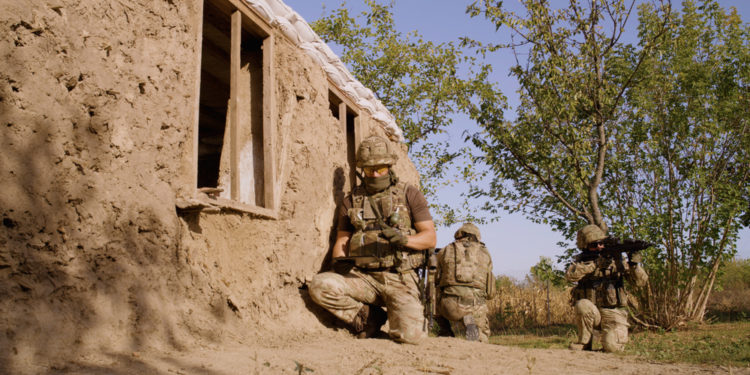
Three tips for assured comms in austere environments
For all operations in austere environments, having assured comms is essential for the life and safety of those in the field, as well as the success of the mission. Imagine that you are part of a small team operating in an austere environment tasked with gathering critical information on a
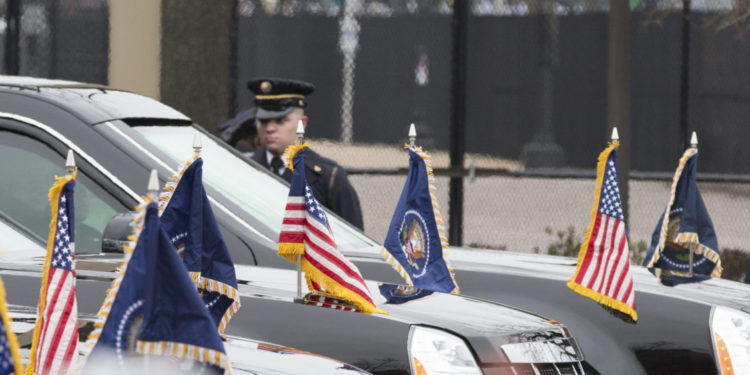
How Draper established comms and situational awareness at the US Presidential Inauguration
From small event security to sophisticated military operations, the need for reliable situational awareness and communications between operation team members encompasses a wide range of scenarios, no matter the size and scope of the mission. When teams in the field have the ability to establish effective lines of communication and



